Walter Crane was undoubtedly one of the most influential artists in last two centuries. He was not only a painter and illustrator of numerous books and magazines, he also designed tiles, wallpapers, pottery, was one of the founding members of Arts and Crafts movement which revolutionized attitude towards art, a tutor, a lecturer, a writer, an educator and a devoted socialist who among other things set one of the most important milestones in the history of picture books.
(intro image: portrait of Walter Crane by George Frederic Watts, all used images are in public domain)


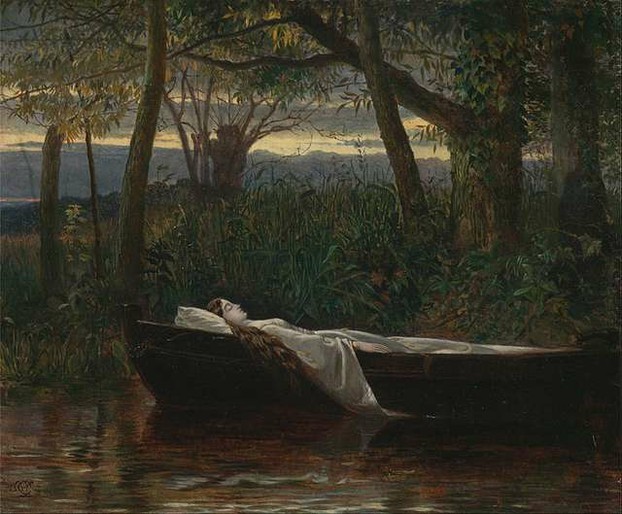
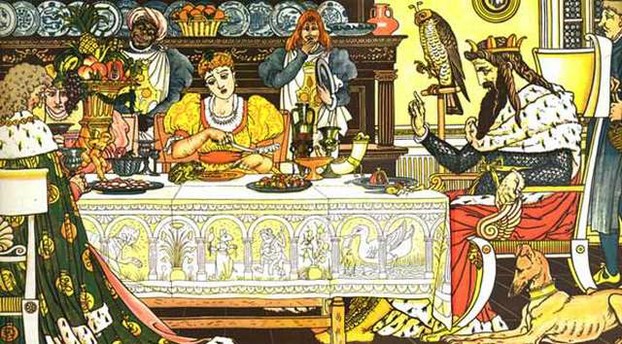
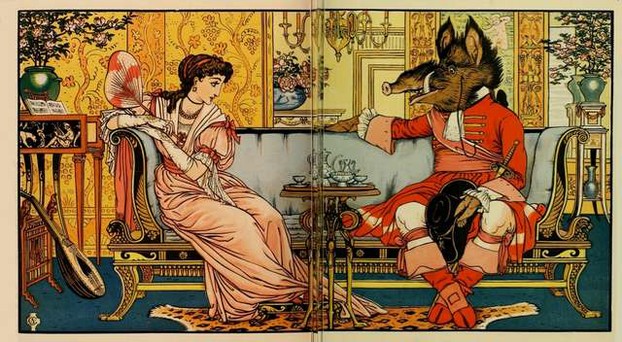
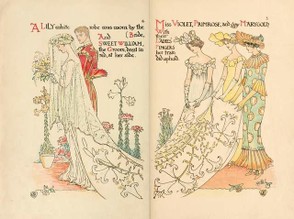
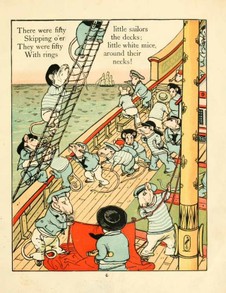
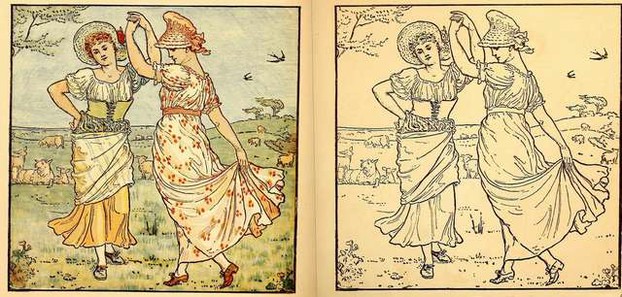
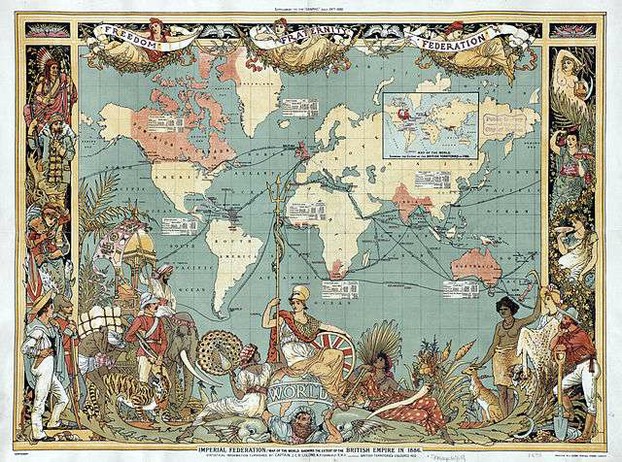
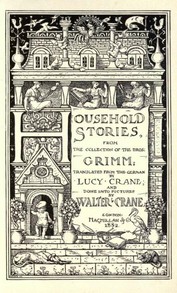
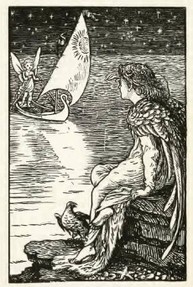 literature, this was by no means the only important collaboration with other highly creative minds of his time.
literature, this was by no means the only important collaboration with other highly creative minds of his time.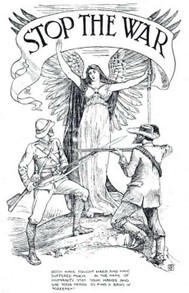
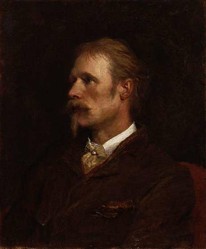

 Vintage Postcard Artists with 10 Examples of Easter Cardson 02/21/2025
Vintage Postcard Artists with 10 Examples of Easter Cardson 02/21/2025
 Valentine's Symbolson 01/23/2025
Valentine's Symbolson 01/23/2025
 Thanksgiving Symbolson 11/12/2024
Thanksgiving Symbolson 11/12/2024
 Famous Witches in Literary Historyon 10/06/2024
Famous Witches in Literary Historyon 10/06/2024
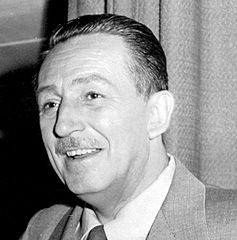
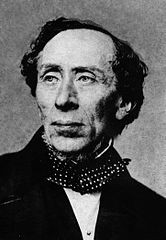
What an art of Walter Crane means to you?
Well, maybe our perception of sensational is today different than then?
Some of the yellow books were brought across the Channel, that's for sure, but I don't think they had an organized distribution.
Natasha Onwuemezi, in her article Exclusive 'yellowbacks' sold in W H Smith to mark anniversary, for The Bookseller site March 17, 2017, describes that business as selling, in their 225th anniversary year (since 1792), for £7.99 each seven classics.
The Vintage Classics-published titles gave book-buying customers
Hard Times by Charles Dickens;
Jane Eyre by Charlotte Bronte;
Silas Marner by George Eliot;
Tess of the D’Urbervilles by Thomas Hardy;
The Adventures of Sherlock Holmes by Arthur Conan Doyle;
The Turn of the Screw by Henry James;
The Warden by Anthony Trollope.
Weren't yellow books supposed to be sensational crime fiction?
Would the above seven examples ever fit or ever have fit in that sensational category?
Online searches initially did not cooperate about yellow books.
But persistent digging gave me the RailwayMuseum blog articles May 2, 2017, by Lise Jaillant (The return of the yellowback: selling cheap editions in railway stations) and Tom Shillam (The yellowback: sensational stories on the railways).
William Henry Smith, also known as W.H. Smith (June 24, 1825-Oct. 6, 1891), had his first railway stall at Euston in 1848 and at all main lines by 1860.
All yellow books, for no more than 2 shillings each, involved yellow-glazed boards to thin paper with margin-filled ads and with their 17.5- by 12.2-centimeter sizes visible up to 20 yards away.
English Wikipedia only mentions the British-Isles context.
Might yellow books have spread throughout continental Europe or North America?
Thank you for your comment Sep. 16, 2023, in answer to my previous observation and question.
The yellow books seem like such an astute business endeavor.
Would there be any information as to their inventors, their operating expenses and profits and their sales force?
Yellow Books were inexpensive picture books offered at train stations at the beginning of the 20th century. They were very commercially oriented.
Your first image for your first fact constitutes quite an impressive image. All the woodland greenery makes me think in a way that the Lady of Shalott was fulfilling her natural destiny in some way (not a way that I'd want at such a young age and without living all the opportunities that life offers us).
Under the image you mention Walter Crane illustrating "yellow" books. What would those be?
I agree with you, WriterArtist, old works posses special charm. I think we can all find our personal reasons why is that, but the fact is, great stuff never completely falls out of favor:) Walter Crane definitely belongs in this category!
How different and artistic Walter Crane's art is from the modern art which I never had the patience to understand and appreciate - I love these colorful illustrations. Somehow; I find more beauty in the old paintings and story books. Don't we still enjoy Snow White and Cinderella. I have to say that I am mesmerized with old.
Thanks, Mira, Walter Crane is not my favorite illustrator, but I admire his dedication and especially his philosophy which actually created whole new media - high quality picture books. While we'll always find products with some kind of short-cuts, there will always be publishers who''ll look at standard which were set by him.